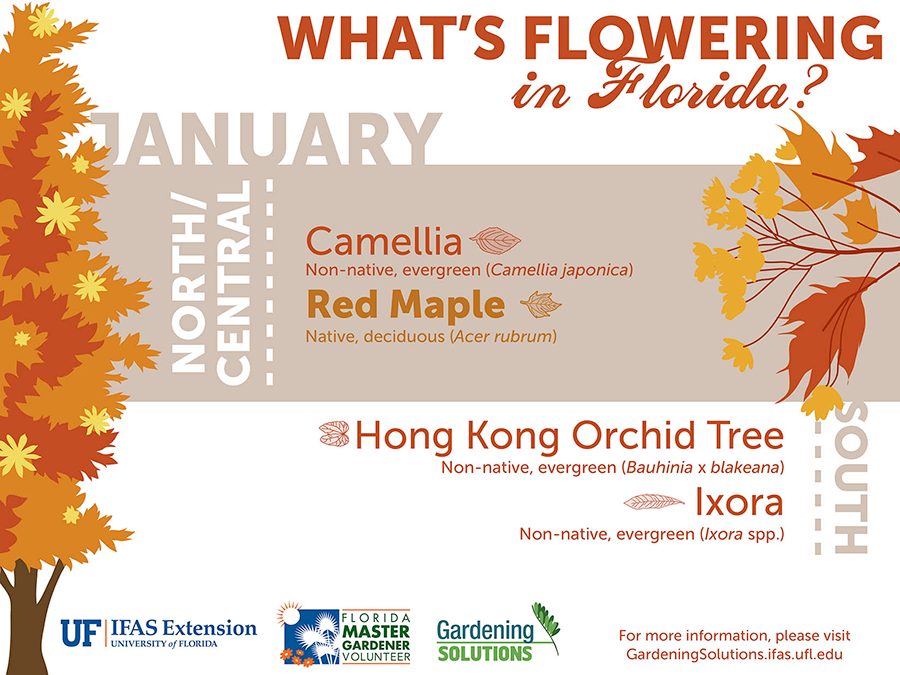Post-Tree Elimination Treatment: Efficient Techniques For Landscape Remediation
Post-Tree Elimination Treatment: Efficient Techniques For Landscape Remediation
Blog Article
Authored By-Graham Leblanc
After a tree's removal, your landscape might look fairly various, and it's necessary to assess the aftermath thoroughly. You'll intend to assess the soil disruption and inspect surrounding plants for any indications of tension. Ignoring these variables can result in larger issues down the line. So, what should you finish with those stumps and roots? And exactly how do you pick the very best plants for your revitalized space? Let's check out these essential actions.
Evaluating the After-effects: Reviewing Your Landscape
After a tree elimination, it's essential to analyze your landscape to recognize the effect it carries your lawn.
Begin by examining the location where the tree stood. Try to find signs of dirt disruption, and check the bordering plants for any kind of tension or damage.
You should additionally take note of exactly how the removal has altered sunlight direct exposure and air movement in your yard. This change can influence the development of close-by plants, so it's necessary to assess their wellness.
Think about the visual facets also; the elimination may create an open space that you can upgrade.
Ultimately, think of any kind of potential erosion concerns that might develop from the tree's absence. Dealing with these elements early will assist recover equilibrium to your landscape.
Managing Stumps and Origins: Choices for Elimination
When you have actually assessed the consequences of the tree removal, you'll likely need to take on the stump and origins left.
You have a few choices for removal. One effective approach is stump grinding, where a professional utilizes an equipment to grind the stump down to underground level. This method leaves very little interruption to your landscape.
If you favor a do it yourself method, you can make use of a combination of excavating and chemical stump eliminators. Just keep in visit the next internet site , this process can take some time and initiative.
Conversely, consider leaving the stump as a natural function, which can act as an unique garden element or environment for wild animals.
Whatever you pick, dealing with the stump and roots is essential for restoring your landscape.
Picking the Right Plants for Your New Room
As you evaluate your newly gotten rid of room, selecting the right plants can considerably boost your landscape's beauty and functionality.
Begin by taking into consideration the sunlight and soil conditions. For sunny areas, select drought-resistant plants like lavender or succulents. In shaded spots, brushes and hostas prosper well.
Think of the dimension and growth habits of your plants; mix perennials and annuals for seasonal range. Do not forget to include indigenous species; they need much less upkeep and support regional wild animals.
Apple Tree Trimming in odd numbers for a much more natural appearance and produce layers for aesthetic deepness.
Lastly, ensure you have a mix of colors and textures to maintain your landscape vibrant throughout the seasons.
Pleased planting!
Final thought
To conclude, restoring your landscape after tree elimination is a rewarding procedure. By assessing the consequences, resolving stumps and origins, and picking the right plants, you'll develop a growing environment. Do not forget to include erosion control measures to protect your soil. With a little effort and care, you can transform your area right into a dynamic garden that improves your home. Accept the possibility to renew your landscape and delight in the beauty of nature right in your yard!
